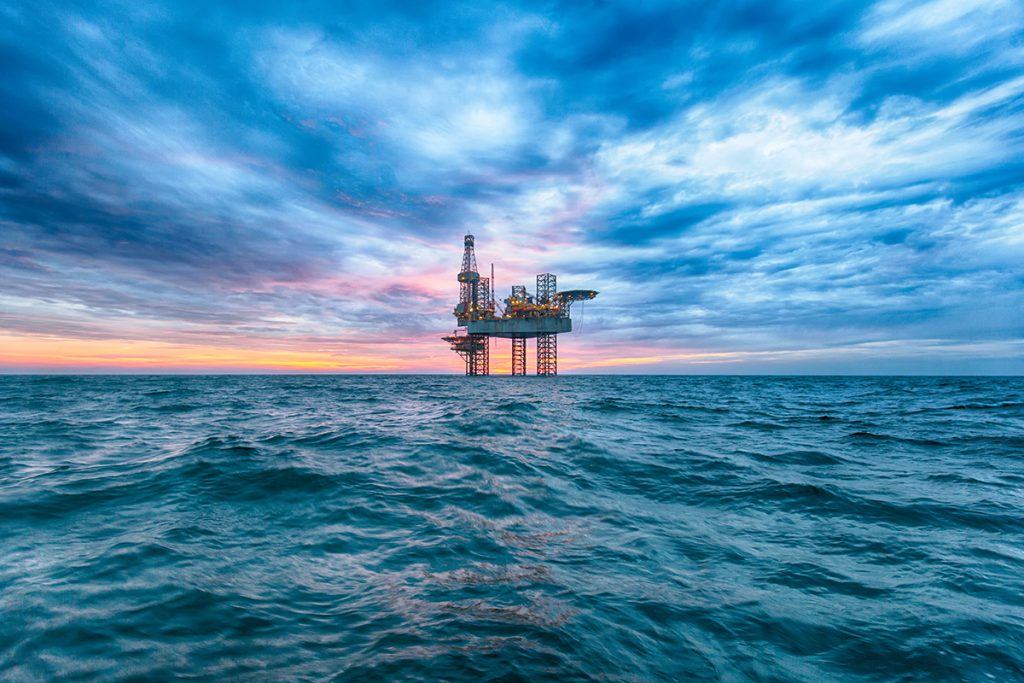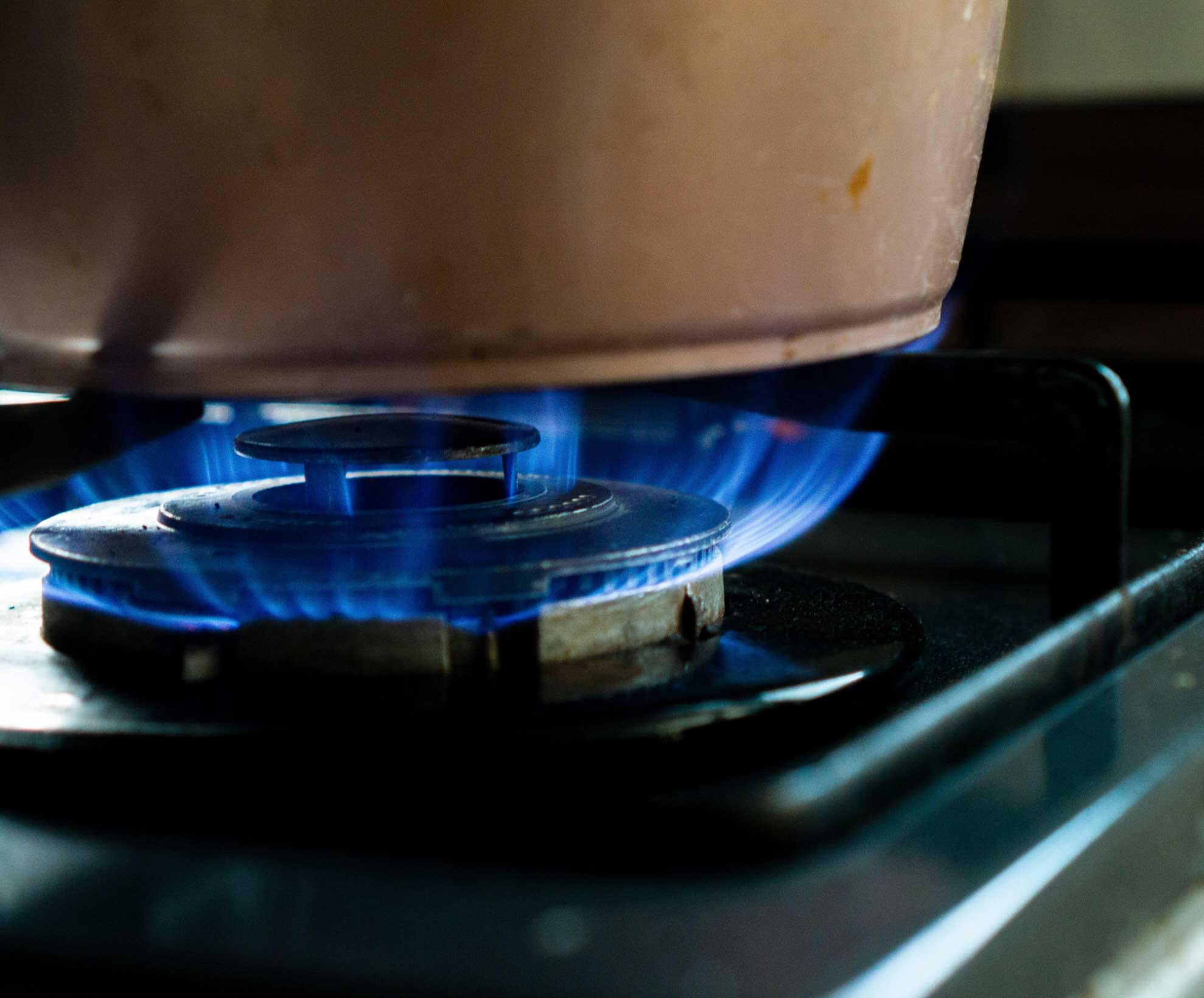Over millions and millions of years, the remains of plants and animals (organic matter) built up in thick layers on the earth’s surface and ocean floors. Over time, these layers became buried under sand, silt, and rock. Pressure and heat then changed some of this carbon and hydrogen-rich material into coal, oil, and natural gas.
Natural gas is a combustible mixture of hydrocarbon gases consisting mainly of methane (CH4), with varying levels of heavier hydrocarbons and other gases such as carbon dioxide.
The term ‘oil’ encompasses both crude oil, a naturally occurring liquid consisting mainly of hydrocarbons formed over time, and condensate, a liquid mixture of pentane and heavier hydrocarbons found in oil fields with associated gas or in gas fields.
Over time, some oil and natural gas has moved into large cracks and spaces between layers of rocks deep below the ground, known as basins. These basins can be found both onshore and offshore. Some natural gas also occurs in tiny pores (spaces) within some underground formations of shale, sandstone, and other types of sedimentary rock.
Read more about oil and gas by clicking on the links below.

What is oil and gas used for?
Oil and natural gas play a critical role in our daily lives.
It’s used in homes and businesses for cooking, heating and cooling, and to power appliances like BBQs.
It generates cleaner, reliable energy to power our homes, hospitals, mines, and businesses.

Liquified Natural Gas (LNG)
Liquefied natural gas, more commonly referred to as LNG, is natural gas (primarily methane and ethane) which has been chilled to approximately -161°C so that it becomes a liquid. Once the natural gas has been liquefied, it takes up much less space, occupying about 1/600 of the original space.

Conventional vs unconventional
Australia has abundant supplies of both onshore and offshore conventional and unconventional gas.
Conventional gas is found where oil and natural gas have moved into large cracks and spaces between layers of rocks deep below the ground, known as basins. Natural gas is referred to as ‘conventional’ when it has collected in a basin and can be extracted through naturally occurring pressure or pumping.

Oil and gas glossary
The oil and gas industry uses a lot of terms and phrases you may not be familiar with, so we have compiled a list of some of the most commonly used terms used in the industry in Australia.
Scroll down to look through the glossary, or click on the letter below to search for a particular word.
